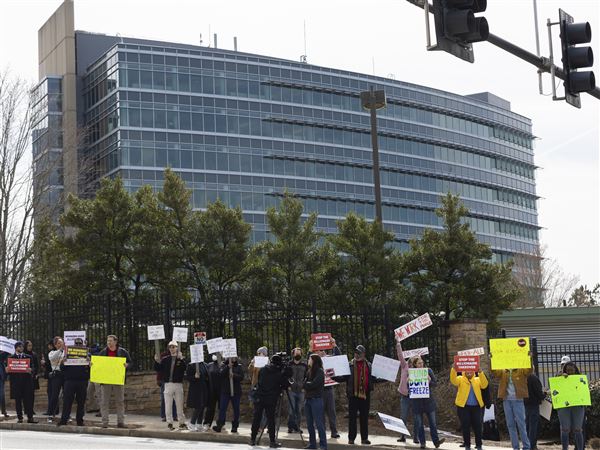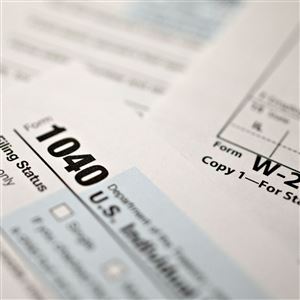How much tax revenue does the typical dollar of natural-gas production generate for state governments in the continental United States? 4.4 cents, according to a new study of the decade 2004-2013. This number is extremely relevant for Pennsylvania, which has been debating since at least 2010 whether or how much to tax the extraction of natural gas.
Under current policy, the state charges an impact fee for each well drilled, with the fee varying based on gas prices and the age of wells. The fee generated 2.5 cents in revenue for each dollar of production over the 2006 to 2013 period (though authorized in 2012, the fee applied retroactively to shale gas wells).
Gov. Tom Wolf has proposed an additional severance tax, which was quickly rejected by the state House on Oct. 8 and which is one reason for the stalemate over the state budget.
One of the big questions is, would Mr. Wolf’s proposal make Pennsylvania an outlier in terms of taxing natural gas?
The governor calls for a roughly 5-percent severance tax by combining a 3.5-percent tax on the dollar value of gas sold with a tax of 4.7 cents per thousand cubic feet of gas production. These taxes would be in addition to the per-well impact fee, which would push the total tax rate to about 7.5 percent, depending on natural-gas prices.
A rate of 7.5 percent is above the typical rate observed across the country. The average national rate of 4.4 percent is much lower, but it accounts only for taxes on production that are levied by state governments. In many states, schools and local governments also levy property taxes on the value of natural gas wells.
Texas, for example, has an average tax rate on oil and gas of 4.1 percent, but this does not include several billion dollars per year in property taxes that owners of oil and gas wells pay to schools and local governments, which could represent several percentage points of the value of production. Pennsylvania, in contrast, exempts natural gas wells from local property taxes.
Average tax rates matter, but they are not all that matter. Depending on how a tax is designed, it may increase the variability of profits for companies already facing much risk. A quantity-based tax implies that as the price of natural gas goes down, the tax rate as a percentage of the value of production increases. As the price decreases, the tax rate increases.
Mr. Wolf’s proposal includes a quantity-based tax of 4.7 cents per thousand cubic feet. At a natural-gas price of $3 per thousand cubic feet, this tax would amount to 1.5 percent of the value of production. If the price falls to $1.50, the rate increases to 3 percent.
For a value-based tax, an important consideration is whether the tax is based on the price received by local producers. Benchmark prices in national markets and local prices may be very different. In 2014 and 2015, national natural gas prices have regularly been twice as high as prices in Pennsylvania. In this case, a 3-percent tax on the value of production using national prices would be a 6-percent tax when using local prices.
In a state that exempts natural gas wells from property taxes, an overall tax rate of around 7.5 percent of the local value of production is a percentage point or two higher than tax rates elsewhere in the United States. The bottom line for Pennsylvania is that Mr. Wolf’s proposal likely would have natural-gas companies operating in the commonwealth paying more than the national average in state taxes.
Jeremy Weber is an assistant professor at the University of Pittsburgh (jgw99@pitt.edu). His study, “How Much Do State Governments Really Tax Oil and Gas Extraction?,” was conducted with Yongsheng Wang and Maxwell Chomas of Washington & Jefferson College.
----
Note: This is a corrected version of the original article. An error was discovered in the estimation of the severance-tax equivalent of the impact fee. The fee generated 2.5 cents in revenue for each dollar of production from 2006 to 2013.
First Published: November 1, 2015, 4:00 a.m.















